What is Solar Energy?
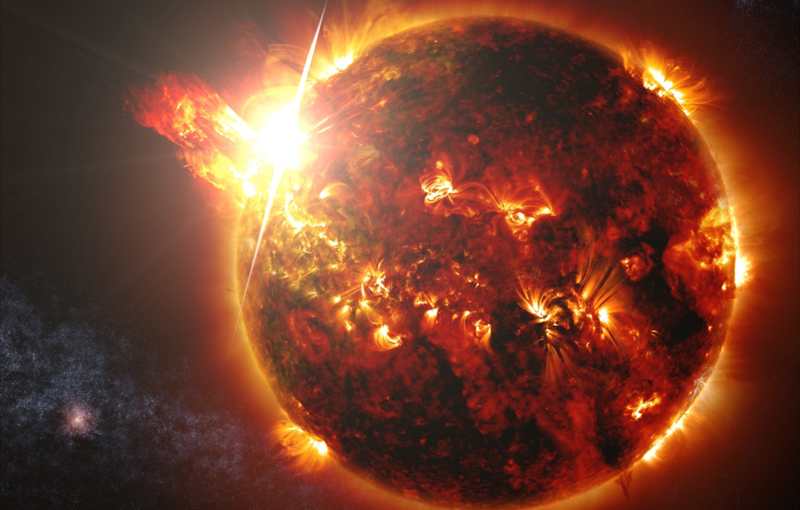
The energy reaching our planet from the sun is vital for the continuity of life. Hydrogen, which is available in the core of the sun, is converted into helium after nuclear fusion reactions. The resulting heat and light create the solar energy. 90% of the sun is made up of hydrogen. Therefore, when the human life span is taken into account, the sun is an almost endless source of energy. All the living being benefit from solar energy directly or indirectly. Solar energy is a completely renewable energy source. It is classified as “carbon neutral”, as it does not create any waste.
How is Electricity Generated from Solar Energy?
Electricity generation from solar energy is usually carried out using photovoltaic (PV) systems or thermal solar energy.
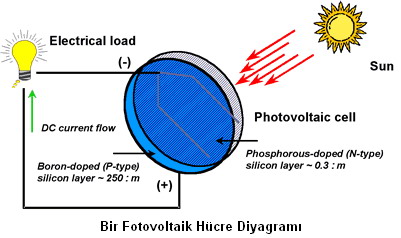
Photovoltaic (PV) Systems: These systems consist of solar panels that convert sunlight directly into electricity. Solar panels are usually made up of silicon layers and generate electricity when exposed to sunlight. This electricity is transmitted to the electrical systems in our houses or offices through a device called an “inverter”.
Photovoltaic batteries are also called “solar cells”. They convert the sunlight hitting on them into electrical energy directly. The materials and quality in which photovoltaic batteries are manufactured determine the efficiency ratio. In order to increase the power obtained, many photovoltaic batteries are used by connecting to each other in series or parallel. The platforms formed by combining multiple batteries are called “photovoltaic modules”.
Electricity generation from solar energy is carried out by using photovoltaic (PV) cells. The process generally involves the following steps;
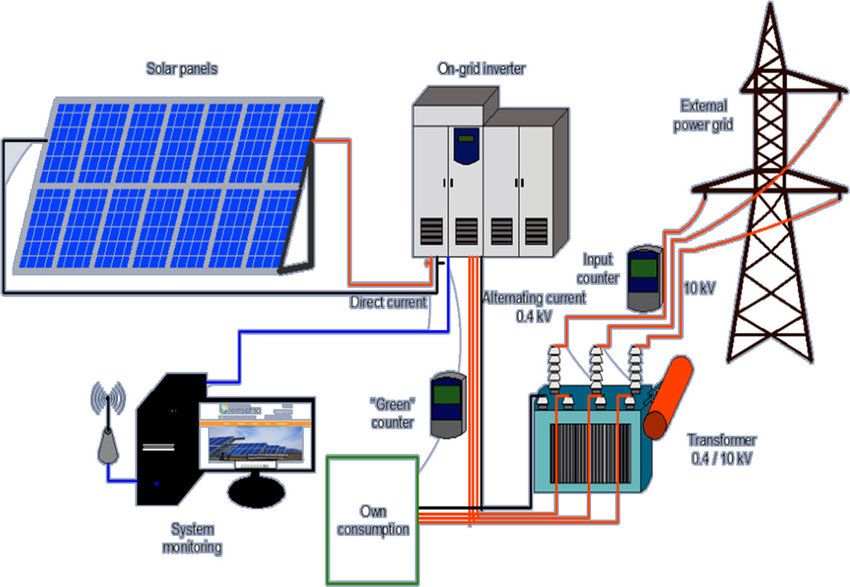
- Capturing the Sunlight: Solar panels (photovoltaic panels) are used to generate electricity in the photovoltaic cells inside them by receiving sunlight. These panels are usually placed on roofs, lands or other suitable places where the sun hits directly.
- Transformation in Photovoltaic Cells: Photovoltaic cells are made of silicon and other materials that can convert sunlight directly into electricity. When the sunlight hits the surface of photovoltaic cells, it provides enough energy to release electrons. These “released” electrons form an electric current.
- Electric Accumulation: The generated electric current can be stored in an accumulator or battery, or used by transmitting directly to a grid (power grid).
- Inverter (DC-AC Converter): The electricity received from the solar panels is in the form of direct current (DC). However, the houses and workplaces generally use alternating current (AC) electricity. Therefore, DC electricity is converted to AC using an inverter.
- Connection to Grid (Optional): Some systems offer the ability to sell the excess generated electricity by connecting to the grid or to buy electricity from the grid when necessary. Such systems are called networked solar energy systems.
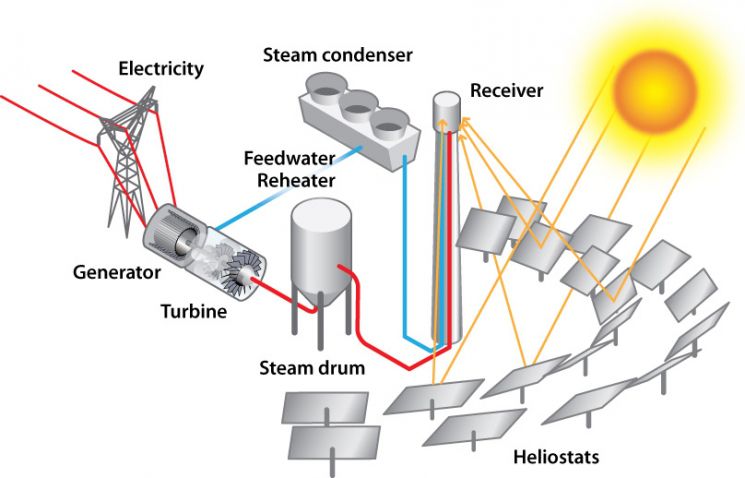
Thermal Solar Energy: In these systems, the sunlight heats water or another fluid through solar collectors. The heated water or fluid creates steam, rotates the turbines and generates electricity. These systems are usually used at large power plants.
Both methods allow generating electricity from solar energy, which is a clean and renewable energy source. The solar energy systems can usually be installed as rooftop solar panels or solar fields, resulting in long-term cost savings.
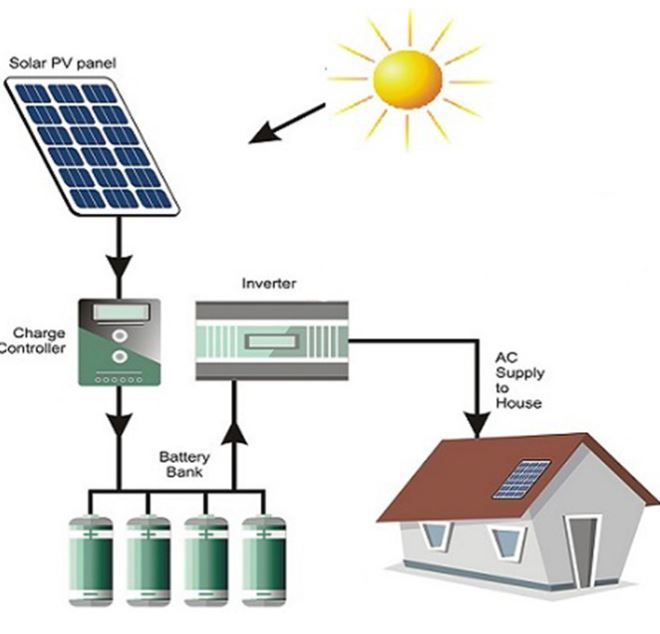
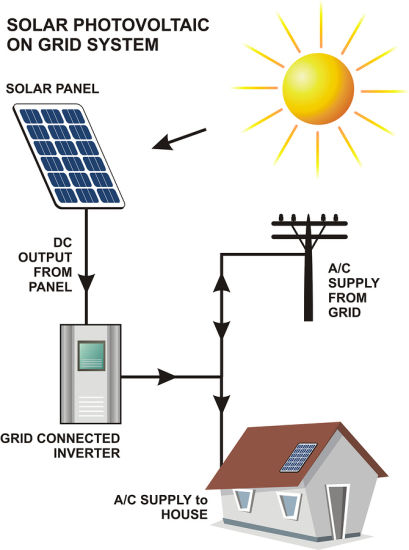
Solar Panels (Photovoltaic Panels): They are the panels containing photovoltaic cells that convert sunlight into electricity.
Assembly Structure: It is the structure used to support and fix solar panels. It is usually of steel or aluminum and aligns the solar panels at the right angle and direction towards the sun.
Inverter (DC-AC Converter): It converts direct current (DC) from solar panels into alternating current (AC). This is the standard electric current used for homes and businesses.
Electrical Panel and Connections: There is an electrical panel used to regulate, control and distribute the generated electricity. In this panel, the AC electricity from the inverter can be routed to the mains or batteries.
Batteries: They are used to store the electricity generated from solar panels. These batteries are used to meet the electricity need when there is no or little solar energy.
Connecting Cables and Devices: These are the connecting cables and devices used to install an electrical connection from panels to inverters and other components.
Sunlight Monitoring Systems (Optional): They are the systems that automatically monitor the solar panels according to the position of the sun. This ensures the most efficient use of sunlight.
These components form the basic building blocks of solar energy systems and make it possible to generate electricity from the sun.
How Much Electricity Can be Generated by Solar Energy?

The Intensity and Duration of Sunlight: More intense sunlight and longer insolation time allow for more electricity generation. This depends on factors such as the climate of the region, the current season and the angular fall of sunlight.
Efficiency of Solar Panels: The efficiency of solar panels is related to their ability to convert sunlight into electricity. Panels with higher efficiency can generate more electricity.
Size and Number of Panels: The size and number of solar panels used in your system affect the total electricity generation. The larger and more the panels, the more the electricity generated.
System Location and Orientation: The location and orientation of the solar panels is important to receive the most sunlight. Placing solar panels at the right angle and in a way that they are most exposed to the sun allows for generation of more electricity.
Shading and Obstacles: Shading or obstacles (buildings, trees etc.) can negatively affect the performance of solar panels and reduce electricity generation. It is difficult to specify a net certain amount of electricity generation as each solar energy system is different and all of the above factors affect the amount of generation. However, a typical solar energy system for a home or facility can usually meet its annual electricity needs partially or even completely. Therefore, the sizing and placement of solar energy systems should be carried out carefully according to specific requirements and conditions.
What Criteria Are Required to Generate Electricity Efficiently?

Selection and Efficiency of Solar Panels: Choosing solar panels with high efficiency helps to convert sunlight into electricity more effectively. High quality panels have a longer service life and generate more electricity.
Correct Positioning and Orientation: Positioning the solar panels at the right angle and in the right direction allows them to capture maximum sunlight. This involves adjusting the panels according to the movement of the sun.
Prevention of Shading and Obstacles: It is important to place the panels in an area where there is no shading or obstacles. Shading can reduce the efficiency of panels and the total electricity generated.
Regular Maintenance and Cleaning: Regular maintenance and cleaning of solar panels helps to maintain efficiency. Dirty or dusty panels cannot effectively capture sunlight and lose their efficiency in time.
Use of Battery or Storage Systems: Batteries or storage systems can be used to meet the electricity needs. This allows solar power generation to become available at any time of the day.
Optimization of Energy Consumption: Optimizing energy consumption can improve efficiency in electricity generation. Optimization refers to using energy-efficient lighting and appliances, developing energy-saving habits and reducing unnecessary energy consumption.
System Monitoring and Improvement: It is important to regularly monitor the solar energy system and evaluate its performance. If any issues or efficiency losses are detected, the necessary improvements should be made to the system. By paying attention to these criteria, maximum efficiency can be achieved from solar energy systems and electricity generation can be fulfilled in the most effective way.
Is It Really Efficient to Generate Electricity from Solar Energy?

Generating electricity from solar energy is an efficient energy generation method in many respects, but is also effected by some factors. Here are some factors that affect the efficiency of solar energy:
Renewability and Sustainability: Solar energy is a renewable resource and available in infinite amount. Since the sunlight reaches the earth each and every day, solar energy is a continuous and sustainable source.
Eco-friendly: Solar energy generates electricity without carbon emissions. This reduces air pollution and greenhouse gas emissions associated with the use of fossil fuels.
Low Concrete Carbon Footprint: The carbon footprint of concrete during the installation and operation of solar energy systems is quite low. However, the extraction and processing of other energy sources, such as coal or natural gas, can increase the carbon footprint.
Cost Reduction: With the development of solar energy technology, the costs of solar panels have decreased and their efficiency has increased. This allows solar energy to become a cost-effective option.
Local Generation and Independence: Solar energy can be generated and used locally. This can further increase energy independence and energy security by diversifying the existing energy supply.
Factors Affecting the Efficiency of Solar Energy:
Weather Conditions (Variability): Solar energy depends on seasonal and daily variations at sunlight. During cloudy days or at night, solar energy generation may decrease or totally stop.
Storage Challenges: Since the solar energy is not storable, the electricity generated must be used instantly. Therefore, it is important to develop and popularize new storage technologies.
Land (Spatial) Restrictions: Enough space should be allocated for large solar panels or energy fields. This factor may limit the use of solar energy in urbanized or densely populated areas. Generally, solar energy is an environmentally friendly, sustainable and increasingly economical method of energy generation. However, the efforts to increase efficiency and overcome difficulties with new technologies and infrastructure investments continue.



